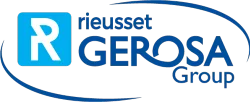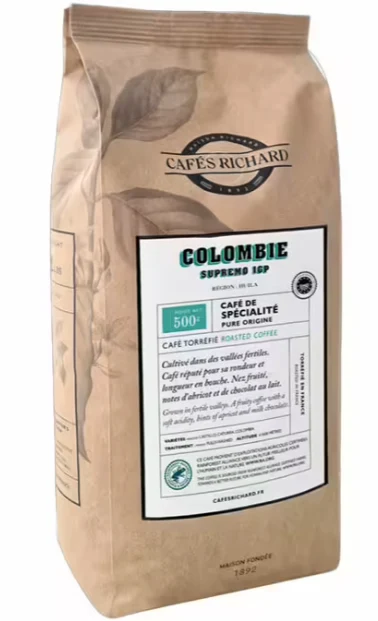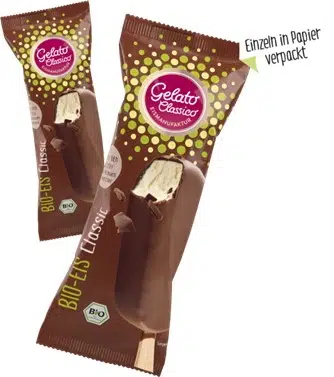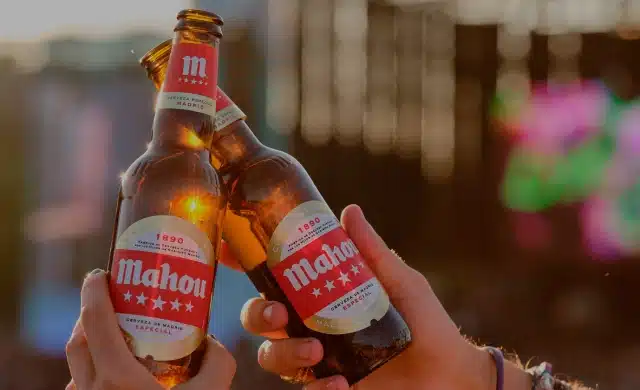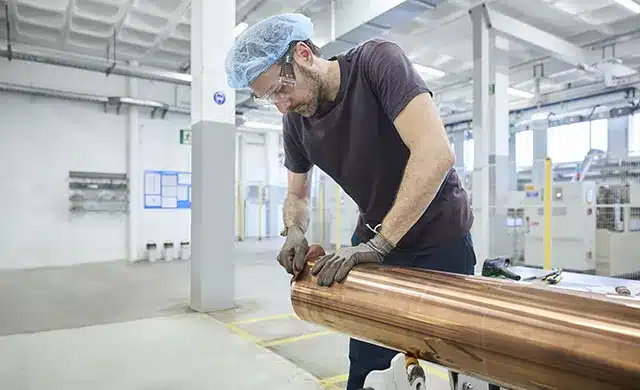
17 Jul Rotogravure vs. offset: Which technology should you choose for your packaging?
Index of contents:
Choosing the right printing technology for a package or label involves considering aspects such as quality, consistency, performance on different printing mediums and feasibility in large-scale production. That’s why at Rieusset we are firmly committed to rotogravure as one of the most reliable and versatile technologies when it comes to long runs with consistent visual quality and precise color control.
Here we explain the key differences between rotogravure and offset, and why rotogravure is an ideal solution for companies looking to print demanding packaging or labels.
Rotogravure vs. offset
–Image quality: When it comes to print quality, offset has been a benchmark for years for its sharpness in fine lines, small text and high-resolution details. It is a very precise technology, especially effective in the reproduction of graphic elements on paper or metal. However, when the priority is chromatic intensity, richness in nuances and an image with greater depth, rotogravure offers a superior result.
Thanks to the ability to engrave exceptionally fine halftone screens and the application of denser ink layers, rotogravure achieves a more striking visual effect. Gradients are smooth, flat colors are more uniform, and metallic pigments – such as gold or silver – are printed with greater strength and brilliance.
–Consistency in long runs: One of the most decisive advantages of rotogravure is its ability to maintain consistent quality throughout production. While in offset there may be slight variations between sheets or when changing print runs, rotogravure ensures absolute repeatability, even over millions of impressions.
This is due to the use of precision engraved metal cylinders and the exact ink dosage that its cell structure allows. The result is a color uniformity that is maintained without perceptible deviations, which is essential for brands that print in different plants, for different markets or that seek to ensure maximum fidelity between production and original design.
– Adaptability to the printing medium: Increasingly, packaging demands technical solutions that go beyond paper or cardboard. Plastic films, laminates, or specialized printing mediums with technical properties are now part of everyday operations in the flexible packaging industry.
This is where rotogravure once again makes a difference. Its compatibility with a wide variety of materials – including those with low-porosity or heat-resistant finishes – makes it possible to print reliably where other systems, such as offset, encounter limitations. It is not just a question of ink adhesion: it is a question of maintaining print quality in contexts where the material also has a structural, protective or even sustainability function.
– Time and cost: Although preparing a rotogravure cylinder requires more time and a higher initial investment, its performance in long production runs is unbeatable. Above certain volumes, costs are quickly amortized thanks to high printing speed, reduced waste and fewer technical interventions during the process.
In addition, rotogravure printing allows for precise control over the amount of ink deposited in each area by adjusting the depth of each cell according to the design. This results in higher definition, more stable colors, and consistent visual fidelity, which helps reduce issues and rework. For print runs exceeding a million units or for designs that are regularly repeated, the technical repeatability and operational savings clearly justify choosing gravure printing.
And what about sustainability?
One of the most frequently asked questions is whether rotogravure is compatible with sustainability strategies. The answer is yes, as long as it is integrated into a responsible production approach.
At Rieusset, we have been optimizing our processes to minimize environmental impact for years. We apply solvent recovery systems, use inks suitable for each medium and opt for recyclable or recycled materials whenever the project allows it.
Furthermore, being a high-speed, low-variability web printing process, rotogravure generates less waste compared to other technologies when working on a large scale. And its ability to produce millions of meters without cylinder replacement saves resources in the long run.
The right choice for demanding projects
At Rieusset we not only talk about the advantages of rotogravure, but we also apply them every day. Here are some of our featured projects:
–Cafés Richard: For this emblematic French brand we developed a 1 kg coffee bag with paper-feel effect. The challenge was to convey a natural aesthetic without sacrificing the technical functionality of a multilayer structure. Thanks to rotogravure and our expertise in lacquers and cylinders, we achieved a realistic and stable texture. This project won first place in rotogravure at the Graphic Arts Awards of Catalonia.
–Gelato Clásico: We collaborated in the creation of a sustainable packaging solution, free of plastic and aluminum, for their organic ice cream. Rotogravure allowed us to print on uncoated paper with high definition, while maintaining the brand’s artisanal aesthetics and reinforcing its ecological commitment.
–Mahou: Our collaboration with Mahou highlights the value of a relationship of trust based on quality and efficiency. Rotogravure has been a key tool to accompany the brand in its different product lines, ensuring consistent visual results.
These cases show how rotogravure can be adapted to different sectors and requirements, always with a customized and collaborative approach.
If you are looking for a printing solution that combines quality, efficiency and reliability on a large scale, we at Rieusset encourage you to take a closer look at what rotogravure can offer your brand. Contact us to find out how we can help you.
| We Manufacture: | Meet Rieusset: |
